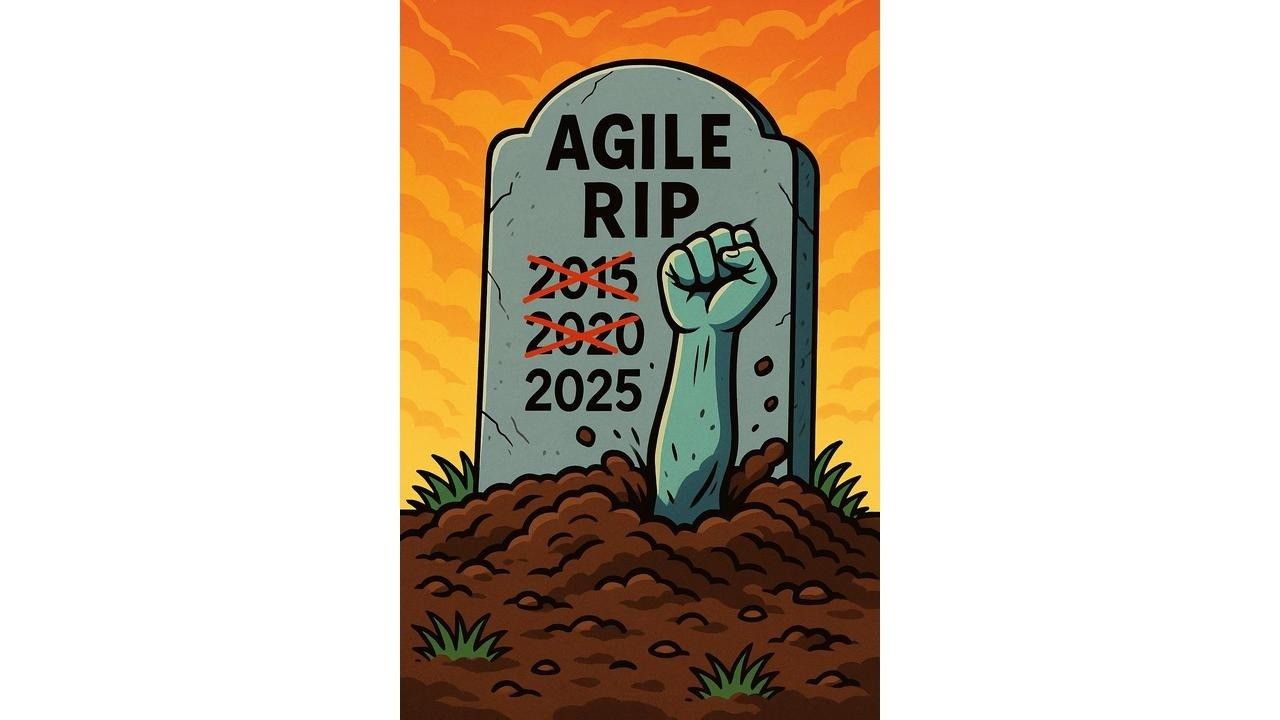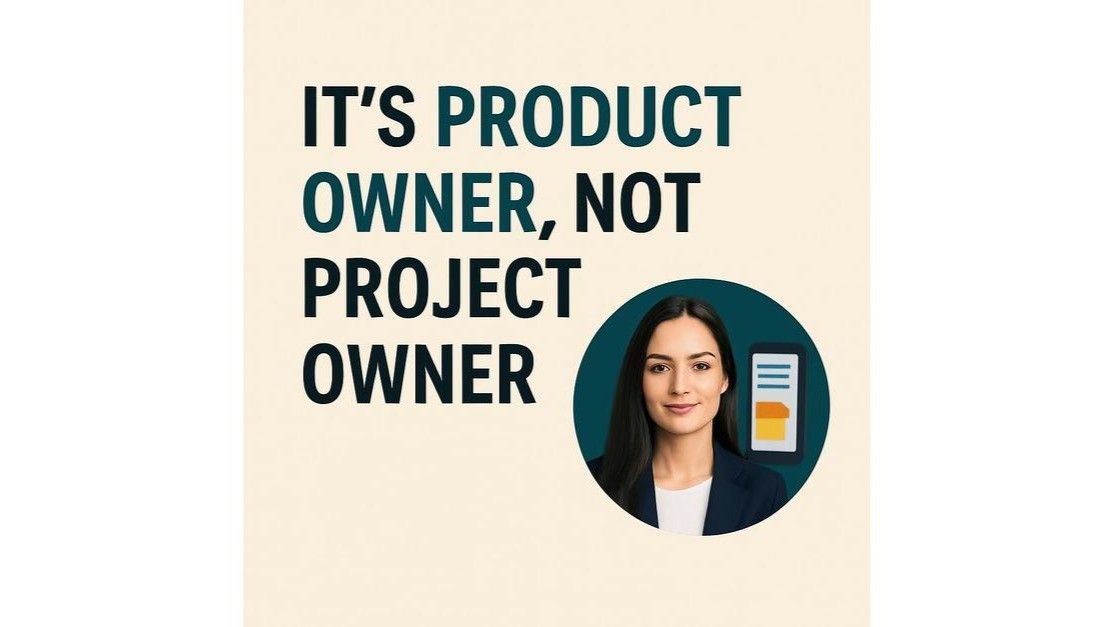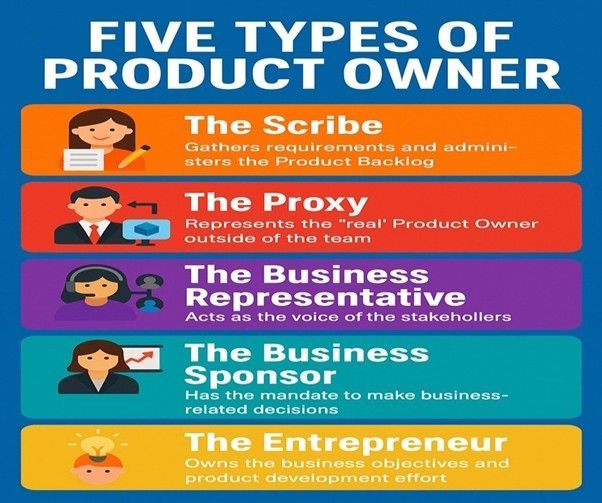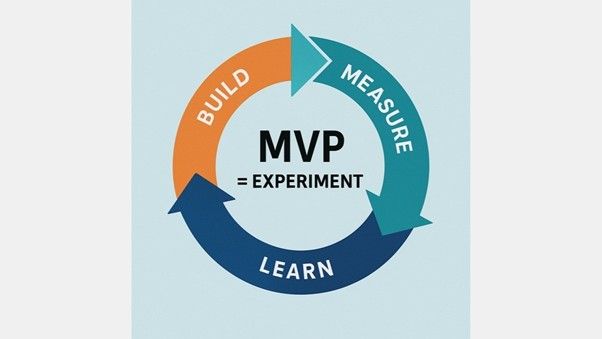MetaScrum - A Key Pattern for Transition to Enterprise Agility
By Alan O'Callaghan
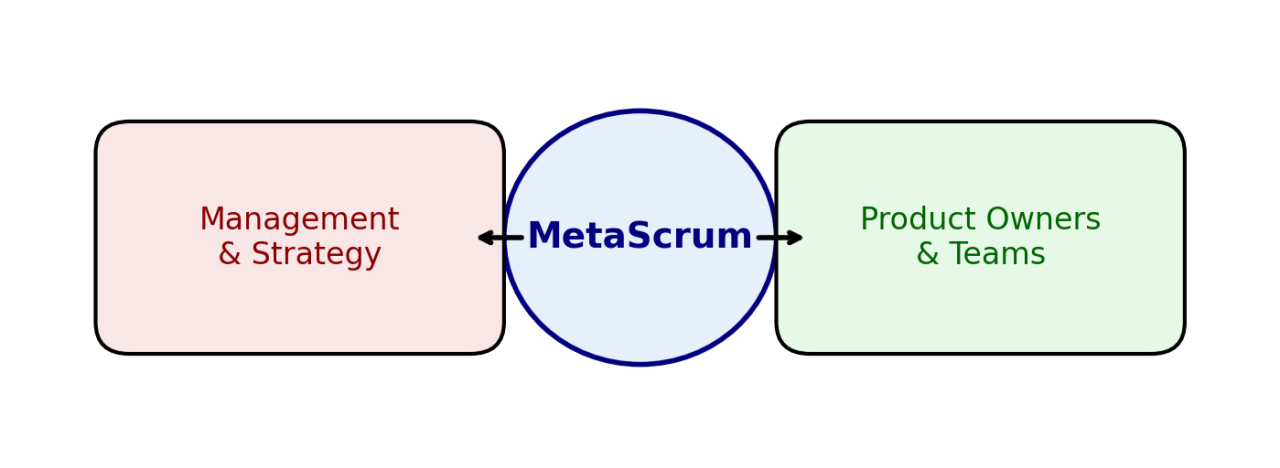
One of the biggest impediments to an enterprise achieving higher levels of business agility is the underpowered Product Owner. The authority required of the Product Owner for effective product teams is often underestimated. The symptoms of this problem vary widely across organizations. There are unfortunate cases where a Business Analyst is labelled ‘Product Owner’ and given a Product Backlog to organize but has no authority over the product. A superficial resemblance to Scrum might exist in this situation, but nothing more. After all, says “For Product Owners to succeed, the entire organization must respect their decisions” (1). If the ‘Product Owner’ is not allowed to make decisions, then there are none to be respected.
A more generally seen indicator is when internal stakeholders of the product – managers of different departments in the organization – constantly try to interfere with the Product Backlog or at least badger the Product Owner to make changes. In the worst case scenarios, the Product Owners spend their entire day, day after day, swatting away internal stakeholders like they are flies. Managers have the right to raise concerns, of course, especially when market conditions change or when they are worried about how the organization is operating, but there is a danger they drain both the energy and time of the Product Owners drawing them away from their responsibilities and ultimately disrupting the flow of value to the organization’s customers.
The Underlying Issue
What throws up these symptoms is a collision between Agile product development and the legacy structures of the wider organization. As we discussed in a previous article (2) Agile development requires autonomous product teams. A good working definition of their autonomy is that, instead of being given tasks to perform, they are given problems to solve. I have always advocated this as part of my advocacy for Scrum, but this is also the definition of team autonomy that Henrik Kniberg gives in his famous ‘Spotify engineering culture’ YouTube video, and that -quite separately – Marty Cagan offers in his Product Operating Model. So, what are the problems they should be given to solve? The most important problems are those of the customers: What pains do they have that need addressing? What gains in their lives can the organization help them make? Agile product teams are charged with solving customers’ problems in a way that benefits the organization.
In traditional development a variety of different managers are given these problems to solve. Different managers might have different perspectives, depending on their departmental responsibilities or their own particular KPIs. They compete with each other for project resources from the PMO or some other financial authority in the organization. If they are granted the resources, they ask for then they fund project teams to execute their chosen solutions. When the organization moves from a project to a product focus, this legacy mindset tends to persist. It is difficult for internal stakeholders to grasp the fact that the decision-making authority has been driven down to the product teams. Managers still view the product teams as being merely ‘executing’ teams and bring their own individual and sometimes competing concerns to the Product Owners in the hope of influencing the ordering of the items in the Product Backlog.
MetaScrum
The MetaScrum pattern (3) involves the creation of a forum – the MetaScrum – in which the entire organization can align behind the Product Owners and their Product Backlogs. Attendees include all the Product Owners and the representatives of the senior management. In the best scenario, the CEO attends. The forum meets regularly with a frequency appropriate to the organization’s rhythms of activity. It is facilitated by a MetaScrum Product Owner whose job it is to lead the creation of alignment between the management, the product teams and other stakeholders.
Scrum teams can request support, funding or information in this meeting from stakeholders outside the product teams – Product Owners are, of course, embedded in the product teams in Scrum. Managers and other Product Owners can argue for changes to Product Backlogs at the regular intervals dictated by the cadence of the MetaScrum meetings, but in-between times the Backlogs are locked down.
The MetaScrum, while it makes Management concerns transparent, is not a mechanism for exerting management control over the Product Owners. On the contrary, it emphasizes the idea that the responsibility for solving customer problems belongs to the product teams, and the key role of the Product Owners embedded in them. Management’s role is, as part of corporate strategy, to identify which of the customers’ problems are the priorities to solve. Management can propose product changes through the MetaScrum but the Product Owners still own the direction of their respective products. They can shift emphasis and priority between their products, marketing initiatives and other product-related programs in response to what they learn in the forum’s meetings. The MetaScrum both sensitizes Product Owners to corporate management directives and exposes department heads and other internal stakeholders to the autonomous authority of the Product Owners.
Applications of MetaScrum
MetaScrum began at PatientKeeper nearly 25 years ago. PatientKeeper is a US company that provides healthcare applications for physicians. It was also one of the first companies to adopt Scrum enterprise-wide. A common problem PatientKeeper had to face was to frequently either delay or accelerate hospital live dates for their products due to sales contracts, development issues or generally changes in market conditions. The MetaScrum facilitated rapid changes across their product range in ways that remained consistent with their corporate strategy. The CEO attended the meetings, but rarely intervened. However, he aggressively removed organizational impediments that the MetaScrum identified – including, where necessary, changing the management.
The PatientKeeper model is not the only form the MetaScrum can take. At 3M the chief executive of one division is the MetaScrum Product Owner. The MetaScrum meets twice weekly to ensure priorities are clear and addressed. A separate leadership team focuses on the removal of organizational issues that impede the Scrum teams. Saab Defense in Sweden and Systematic in Denmark are two other companies that have adopted Scrum throughout the organization. They both have forums at the top of the management hierarchy that act as high-level MetaScrums. Steve Jobs used to raise all strategic product decisions to a meeting every two weeks at Apple – arguably also an implementation of MetaScrum.
Benefits of MetaScrum
The central idea of the MetaScrum, whatever particular form it takes, is that it is the focal point of enterprise-level change, including the change to Agile product development itself. Stakeholders may change the direction of the organization, change budget allocations between products, and remove impediments, so the people with the authority to do these things need to be present in the forum. Impediments hindering the delivery of value to the customers of any of the organization’s products are raised at the meeting and made visible. Often it is the case that individual product teams have insufficient resources or power to remove blockers but making them transparent in the MetaScrum enables the wider organization to concentrate its resources to resolve issues. A good MetaScrum Product Owner will work to resolve issues the same day if possible, but certainly as soon as possible. Managers and Product Owners can often make small changes on the spot, but if there are weightier decisions to be made then management and the Product Owners work together immediately after the MetaScrum to identify a decision pathway.
At its best, MetaScrum is a powerful force in the organization. If the Product Owners agree to a management proposal – and they retain the right to say ‘No’ if the decision falls within the realm of their authority – then that agreement stands until the next MetaScrum event. The product teams can work without interruption until the next MetaScrum because – outside of an emergency – Managers are not allowed to approach the Product Owners with new talking points. Sales force teams, HR and even the customers themselves learn very quickly that it is futile to try and alter agreements made until the next one: again, “For Product Owners to succeed, the entire organization must respect their decisions”. Over time, organizations tend to find that managers play a diminishing role in product management and that power incrementally shifts to the Product Owners. The organizational structure flattens out and the link between corporate strategy and product development becomes stronger. Enterprise agility is accelerated.
(1) Ken Schwaber and Jeff Sutherland.The Scrum Guide 2020. scrumguides.org. accessed 28/08/2025
(2) “The Self -Managing/Self-Organizing Team” by A.J. O’Callaghan
(3) Jeff Sutherland, James O. Coplien and the Scrum Patterns Group. A Scrum Book. The Spirit of the Game.pp 176-180. 2019.The Pragmatic Programmers.
First published on LinkedIn September 4th 2025

